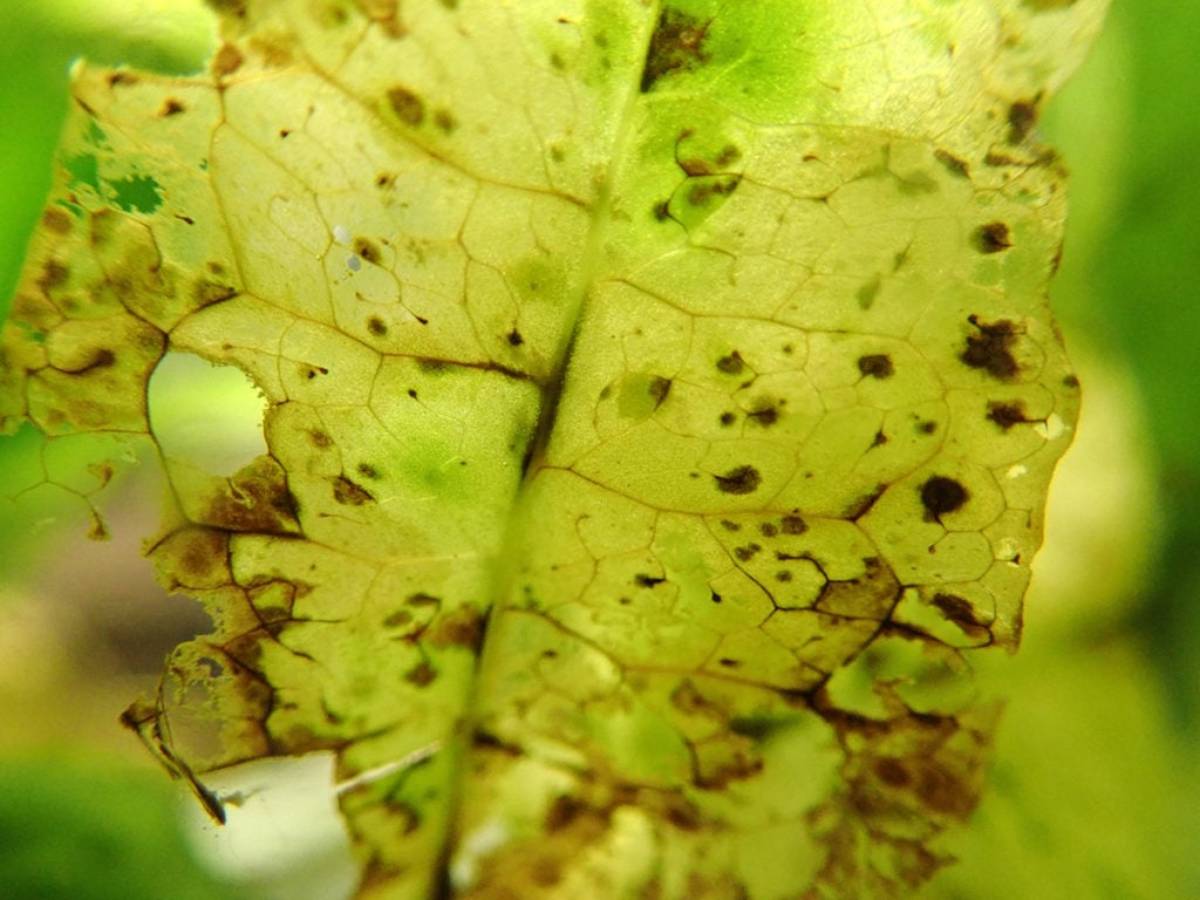Josh's Frogs
Unhealthy aquatic plants

Planted aquariums can be especially rewarding, but sometimes, even the easiest aquatic plants to care for can become unhealthy. This can happen for a number of reasons. Luckily, however, there is often an available remedy for many plant problems, often in the form of plant supplements. Listed below is a general guideline of symptoms of some of the more common plant ailments seen in planted aquariums.
Symptoms to Look For
Older leaves turning yellow or red and dying - early nitrogen deficiency
New growth that is twisted and pale - calcium deficiency
Leaves with yellow edges and holes - potassium deficiency
Young leaves turning yellow - sulfur deficiency
Black roots or plants stop growing - substrate problem
Old plant leaves turn yellow and red along with leaf loss and small dead spots - phosphate deficiency
As you can see, many plant ailments stem from a lack of elements, which can often be remedied. Luckily, there are many plant care products available that can help maintain plant growth and typically correct plant problems.
All aquatic plants need water, light, nutrients, and carbon dioxide in order to thrive. Insufficient amounts of any of these things can also be contributing factors to poor plant health.
Lighting
Plants obtain nutrients to grow through photosynthesis, which utilizes light as their main source of energy. The deeper the water column is in an aquarium, the stronger the light that is needed. Some plants have higher lighting requirements than others, but full spectrum lighting that mimics natural daylight is generally recommended for 10-12 hours a day.
Carbon Dioxide
Also through photosynthesis, plants convert carbon dioxide (CO2) into oxygen. Some plants don't require extra CO2 to be injected into the tank, though some will not do well without it. (CO2 will naturally occur at the water's surface as a byproduct of respiration and gas exchange).
Nutrients
As far as the nutrients go, the three most important ones are nitrogen, phosphorous, and potassium. These macronutrients - often referred to as NPK - are obtained from decomposing fish waste in the water. However, plants also need trace elements, or micronutrients, which can be found in tapwater. Performing water changes will help to resupply these elements as they are used.
If you are looking to determine whether a specific element is lacking, there are many test kits available to help accomplish this.
Links of Interest:
For the Wikipedia list of aquatic plant species, click this link:
https://en.wikipedia.org/wiki/List_of_freshwater_aquarium_plant_species
The Aqueon website offers an in-depth article on how to maintain planted aquariums here: https://www.aqueon.com/articles/maintain-planted-aquarium
